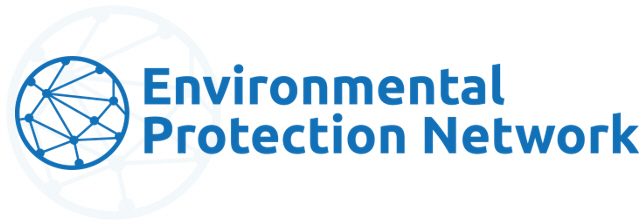The Greenhouse Gas Reduction Fund’s (GGRF) Solar for All is a competition to create and expand the number of low-income and disadvantaged communities primed for distributed solar investment. Grantees will use funds to expand existing low-income solar programs or design and deploy new Solar for All programs nationwide.
Please note that to be eligible to participate in the Solar for All competition, applicants must submit a Notice of Intent (NOI), emailed to GGRF@epa.gov by the following deadlines:
– For states, the District of Columbia and Puerto Rico: July 31, 2023 at 11:59 PM ET
– For territories (specifically, The Virgin Islands, Guam, American Samoa, and the Commonwealth of the Northern Mariana Islands), municipalities, and eligible nonprofit recipients: August 14, 2023 at 11:59 PM ET
– For Tribal governments and Intertribal Consortia: August 28, 2023 at 11:59 ET
Below are the suggested steps you should follow to apply by the deadline of October 12 (but again, please note that you MUST submit an NOI by the deadlines above first).
Steps to apply
To track these 6 suggested steps, you can use this Solar for All Checklist (provided by Anese & Associates and EPN) with links to Mandatory and Optional Documents and additional resources (provided by Anese & Associates, Climate Justice Alliance, Rocky Mountain Institute, and EPN). Using the Solar for All Checklist can help you divvy up sections among partners, track your work, and mark sections as complete. All of the sections on this checklist need to be included in your final application.
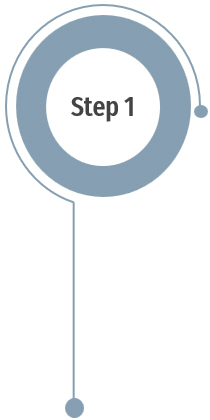 |
Review EPA Resources and Submit your Notice of Intent – by Monday, July 31st, August 14th, or 28th (see specific and mandatory NOI deadlines above)
A: Carefully read the Solar for All summary and the entire Request for Applications to ensure that your project is a good fit. B: Double check the Solar for All Eligibility. C: Read the Solar for all FAQs. D: Watch the Solar for All Webinar. E. Submit your NOI by the required deadlines via email to GGRF@epa.gov. Use EPN’s NOI Guidance for information and submission guidelines. Please note: Information submitted in the NOI must be identical to information submitted in the application, except answers to question 1 (applicant name) for some applicants and answers to question 3.c (estimated EPA funding amount requested) for all applicants. |
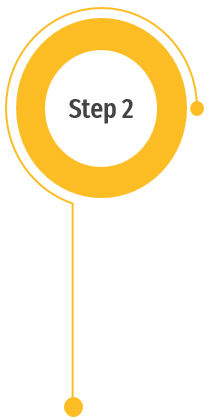 |
If You Are Not Already, Register for SAM.gov and Grants.gov – by Monday, August 28
You must be registered with SAM.gov (and have your Unique Entity Identification (UEID)) and Grants.gov. Registering can take weeks (if not months). If you can’t register by August 28 or soon thereafter, we recommend you use this time to register for the next opportunity. To register on SAM.gov,* go here. For help, access the registration checklist and EPN’s SAM.gov registration webinar. Also, please review the Intro to Grants.gov – Understanding User Roles and Learning Workspace – User Roles and Workspace Actions to assist with application submission. To register at Grants.gov,* go here. For help, use the registration checklist and watch this Youtube video. If you need additional help, send us an email. *To check your registration status, go here for SAM.gov, and here for Grants.gov. |
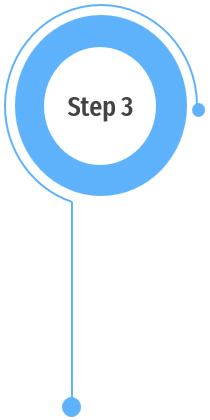 |
Solidify Partners & Envision – by Friday, September 8
A: Solidify your partners and collectively envision your proposal. The Community Infrastructure Center offers a Solar for All Channel (registration required). This is an open community for tribal governments, municipalities, and eligible nonprofits that may be able to provide financing and technical assistance under this competition to interact with each other and connect with interested communities and project sponsors. This space is used to support states, territories, tribal governments, municipalities, and eligible nonprofit recipients to connect and find coalitions led by an eligible lead applicant. B: Schedule a time to speak with your partners and brainstorm about your proposal. C: Confirm the projects eligible funding amount with EPA, if needed, by answering the following questions and emailing to ggrf@ipa.gov:
E: Divvy up sections of the project using the Project Narrative Template (see instructions below, Step 4) and Mandatory and Optional Documents (see instructions below, Step 5) among partners and complete Steps 4 and 5 simultaneously. You have limited time to submit at this point, so you’ll need to divide and conquer Steps 4 and 5 at the same time. |
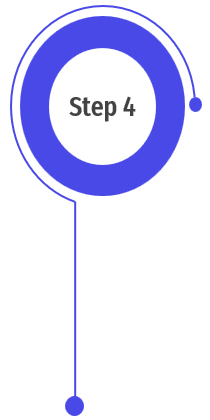 |
Read, Write, and Review the Project Narrative – by Friday, September 29
A. Complete the Summary Project Cover Sheet. This will become Attachment A. B: Write the full Project Narrative using the Project Narrative Template, and refer to the Sample Project Narrative as needed. Note: The Project Narrative will need to be built in parallel with the Mandatory Documents and EPA requested attachments in Step 5 below to ensure continuity. C: Review the three elements of your Project Narrative to make sure everything is consistent and complementary.
D: Review your Project Narrative (again!) using the Solar for All Evaluation Criteria to ensure that all requirements have been met in each section and that all possible points should be awarded. |
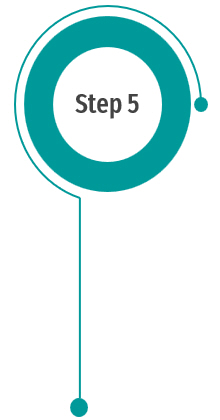 |
Complete Mandatory and Optional but Encouraged Documents – by Friday, September 29
A: Create the following Mandatory Documents, all of which should be completed directly in Grants.gov: B: Create the Optional but Encouraged Documents and submit directly to Grants.gov via the “Other Attachments Form”: – Attachment I: Letters of support from potential partnerships C: Review your application using the Solar for All Evaluation Criteria to again ensure that all requirements have been met in each section and that all possible points should be awarded. |
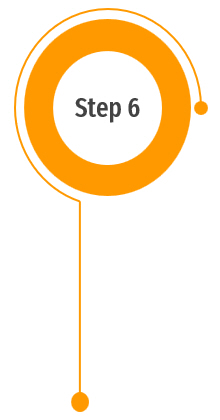 |
Review and Submit – by Friday, October 6
Although the deadline is Thursday, October 12, plan to submit to Grants.gov, ideally by Friday, October 6, to give yourself time to troubleshoot if you have any difficulty submitting. These step-by-step instructions and video can help. Please plan to set aside at least three hours to submit your application to Grants.gov. A: To begin the submission process, go to Grants.gov and click the red “Apply” button at the top of the “view grant opportunity” page associated with this opportunity. B: Upload your application, including:
C: Submit and confirm that all verifications & confirmations from Grants.gov are received & saved. D: Take …a nap! |
*Special thanks to Jaimie Lewis, Megan Kenny Feister, and Sean Ferguson of Anese & Associates for creating elements of the Checklist, including the Summary Project Cover Sheet, Sample Project Narrative, Project Narrative Template, Program Planning Timeline and Workplan Narrative, Budget Table, and Itemized Budget templates, to Holly Baker of Climate Justice Alliance for creating the Commitment Letter template, and to the Rocky Mountain Institute for their memo, “Developing an Impactful Solar for All Proposal.”
